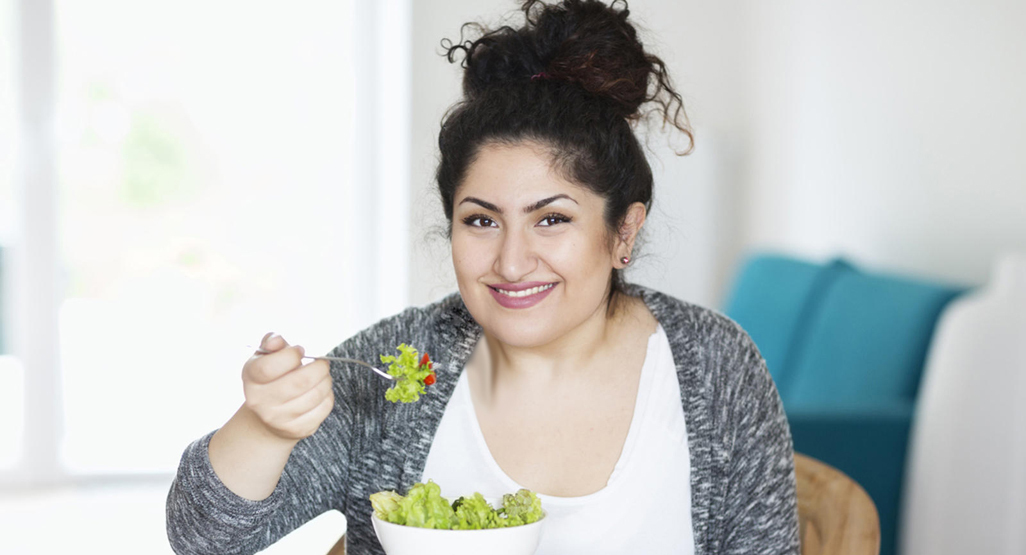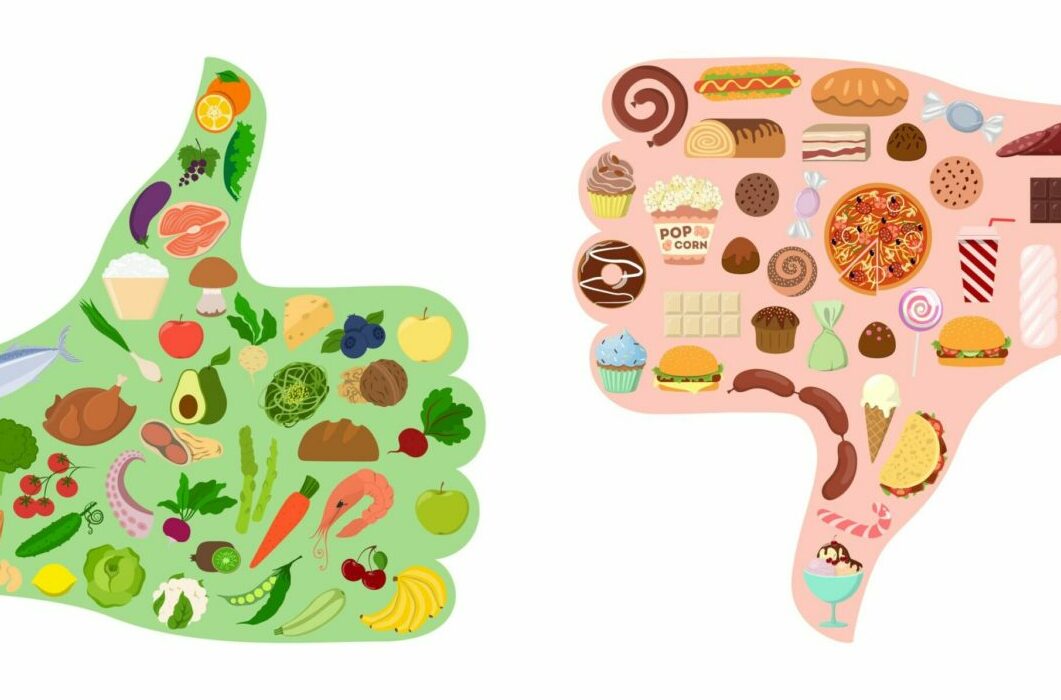
What foods make arthritis worse These are some of our most asked questions. Some of these are inflammatory and others are not. What does this mean to you? It is important to understand what you are eating. A healthy diet is crucial to keeping inflammation down. Incorporating garlic into your diet can be especially beneficial. It can be used to help relieve joint pain and has anti-inflammatory effects. People with arthritis will find Omega-3 fatty acid helpful as they can reduce inflammation and help them stay healthy.
You can fight arthritis with certain foods and drinks. The antioxidant polyphenols found in green tea, orange juice and other beverages have been shown to protect your body from harm. Be mindful of your calories and portions. Water can help you stay hydrated, and it can also prevent the negative effects of processed foods. Some foods can worsen arthritis. So what can you avoid? Here are some ideas. These tips can help make you feel better.
Avoid sugar-sweetened sodas. These can cause inflammation, which can worsen arthritis. Sugar intake should be limited. Studies have shown that sugar intake makes symptoms worse. Inflammation is often a major cause of arthritis symptoms. You should limit the intake of these foods to improve your condition. It's also wise to avoid red meat, which contains high levels of fat and sugar.

You should limit your intake simple carbohydrates. Simple sugars can cause inflammation and spike blood sugar. It is important to eat plenty of vegetables, including tomatoes and eggplants, in order to maintain a healthy lifestyle. An anti-arthritis diet should be rich in beans and nuts. Roasted vegetables can be eaten as well. These can reduce the risk of developing arthritic knees. Remember to avoid refined sugar. It's an inflammatory toxin which can increase your risk of developing arthritis.
Refined grains are highly inflammatory and raise blood glucose. Refined cereals can increase the production and inflammation of AGEs. They can cause inflammation and pain. Avoid wheat products and dairy. These foods can worsen your arthritis symptoms. They contain high amounts of omega-6 fatty acids, which are very dangerous for your joints. Refined grains increase blood glucose and can cause arthritis.
Sugar and processed carbs should be avoided if you have RA. They can trigger inflammation and worsen symptoms of arthritis. Adding more anti-inflammatory foods to your diet is beneficial, but it's important to remember that there are some exceptions to this rule. The majority of people consider milk and eggs healthy. They can however make a significant difference in the health of your body. If you're suffering from RA, try eating a healthy diet that includes eggs and nuts.
Red meat may make arthritis symptoms worse, according to many studies. Red meat can cause inflammation in your joints and increase your bad cholesterol, which can make the condition worse. In addition, red meat has high levels of Advanced Glycation End Products (AGEs). These molecules form when food is grilled, or left uncooked. AGEs increase inflammation and can worsen the symptoms associated with arthritis. These foods should be avoided.

Refined grains are not recommended. They are delicious and can worsen symptoms of arthritis. Avoid refined grains, processed foods, dairy, and other high-fat foods. Whole grains are a great source of fiber and can reduce your blood's levels of CRP. They may also reduce the inflammation and pain caused by the condition. However, it is best to get rid of them all.
Some foods are better then others. They are good choices, even though some foods have less saturated fat or are higher in fiber. Whole grains are the best choice. Whole grains are healthier and contain less trans fats than red beef. And if you do eat red meat, you'll be avoiding saturated fats and omega-6 fatty acids, which are both bad for the joints.
FAQ
What amount of exercise is necessary to lose weight?
The amount of exercise needed for weight loss depends on several factors, including age, gender, body type, and how much you weigh. Most people require at most 30 minutes of moderate physical activity five times per week.
The American College of Sports Medicine recommends 150 mins of moderate-intensity aerobic exercise per week spread over three consecutive days.
For example, if your goal is to lose 10lbs, aim for 300 minutes of moderately intense exercise per week. This includes activities such brisk walking and swimming laps, bicycling, dancing, playing tennis or golfing, hiking, running, jogging and other similar activities.
For those just starting out, you might consider 20 minutes of vigorous activity every other week. It could be sprinting, lifting weights, jumping rope or fast walking.
Aerobic exercise can also help you burn calories and increase muscle mass. Muscle burns more calories per calorie than fat. So building muscle while losing weight may help you achieve your goal faster.
What is the difference between intermittent fasting or calorie restriction?
Calorie restriction can be defined as eating less than your body needs. Intermittent fasting, on the other hand, doesn't restrict calories. It focuses on eating fewer calories during the day.
Intermittent fasting is more effective because it allows you to enjoy foods you love without feeling guilty.
Both methods have pros and cons. Decide which one you prefer.
What effect does intermittent fasting have on my sleep?
Yes, intermittent fasting does affect your sleep. You may notice an increase in hunger hormones if you skip meals. As a result, you may find yourself waking up at night.
Experts advise skipping breakfast. Instead, they suggest having a light snack before bedtime.
If you still feel hungry after eating this snack, you may want to eat a small breakfast before going to bed.
Be careful not to overeat. You will end up gaining weight rather than losing it.
Statistics
- According to a study sponsored by the American Council on Exercise, a person weighing around 140 pounds (64 kg) would burn 108 calories at a 30-minute beginner's Pilates class or 168 calories at an advanced class of the same duration (26). (healthline.com)
- Among women, the increase in metabolic rate was nearly 4%, or 50 more calories per day (14Trusted Source (healthline.com)
- One 6-month study showed that simply doing 11 minutes of strength-based exercises 3 times per week resulted in a 7.4% increase in metabolic rate, on average. (healthline.com)
- A 12-week study in 20 women with obesity found that walking for 50–70 minutes 3 times per week reduced body fat and waist circumference by an average of 1.5% and 1.1 inches (2.8 cm), respectively (healthline.com)
External Links
How To
How to exercise to lose weight
Being active is one of the best methods to lose weight. Many people do not know how they should exercise. Exercise should include cardio exercises such as running, cycling, swimming, walking, etc., and strength training exercises such as lifting weights, making pushups, pull-ups, squats, lunges, etc. Combining these types of exercises is the best way to lose weight. Start exercising and find friends to support you. You can exercise at a gym or simply walk around the block. No matter which type of activity, you need to be consistent with it. It's easy for things to go wrong when you start exercising. Keep at it!